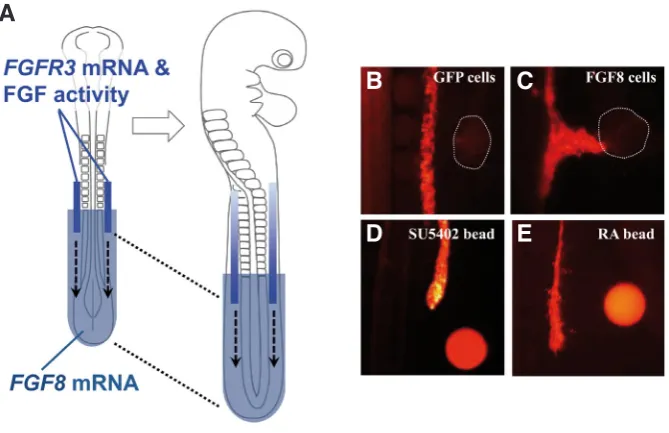Coordination between body growth and tissue growth: Wolffian duct elongation and somitogenesis proceed in harmony with axial growth
Full text
Figure




Related documents
Methods: The readability of 84 ICFs given to patients at TREAD Research between the years 2000 and 2009 was quantitatively assessed by means of the Flesch–Kincaid Reading
Conclusion: MAP is designed to increase medication access for low-income solid-organ transplant recipients through enrollment into medication assistance programs,
In the opposite way as the pressure ratio of bottoming cycle increases the net work of bottoming cycle increases this is because as the pressure ratio of bottoming
Many of the changes in subchapter K over the last twenty years can be understood as working the system out. Most of these changes prevent shifting tax
Increased support for CMV prevention behaviors was as- sociated with viewing the video (vs. factsheet) and having higher scores for materials appeal, message involvement,
Joining the growing interest in CSE research and in light of the relative lack of qualitative research in CSE, I aim in this article, to illustrate how the qualitative
As considerable number of problems has been so for presented for Assignment problem in which the Hungarian method is more convenient method therefore this paper
when the test-hand was the dominant hand did not exhibit a significant effect of aging (data not shown), sys- tematic shifts at the elbow for the non-dominant hand increased by